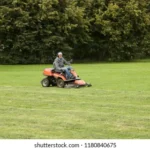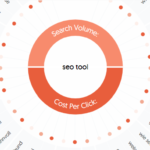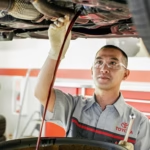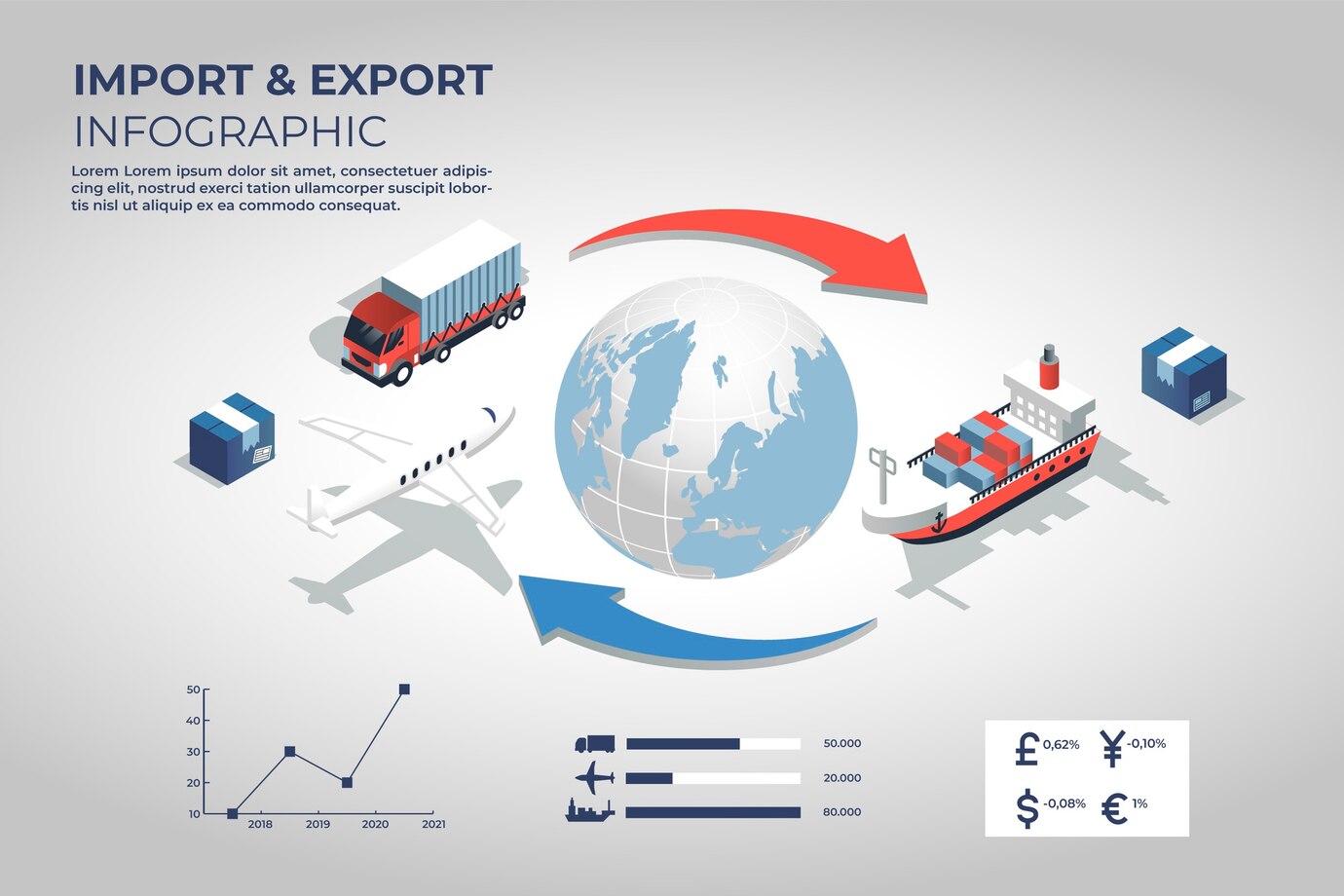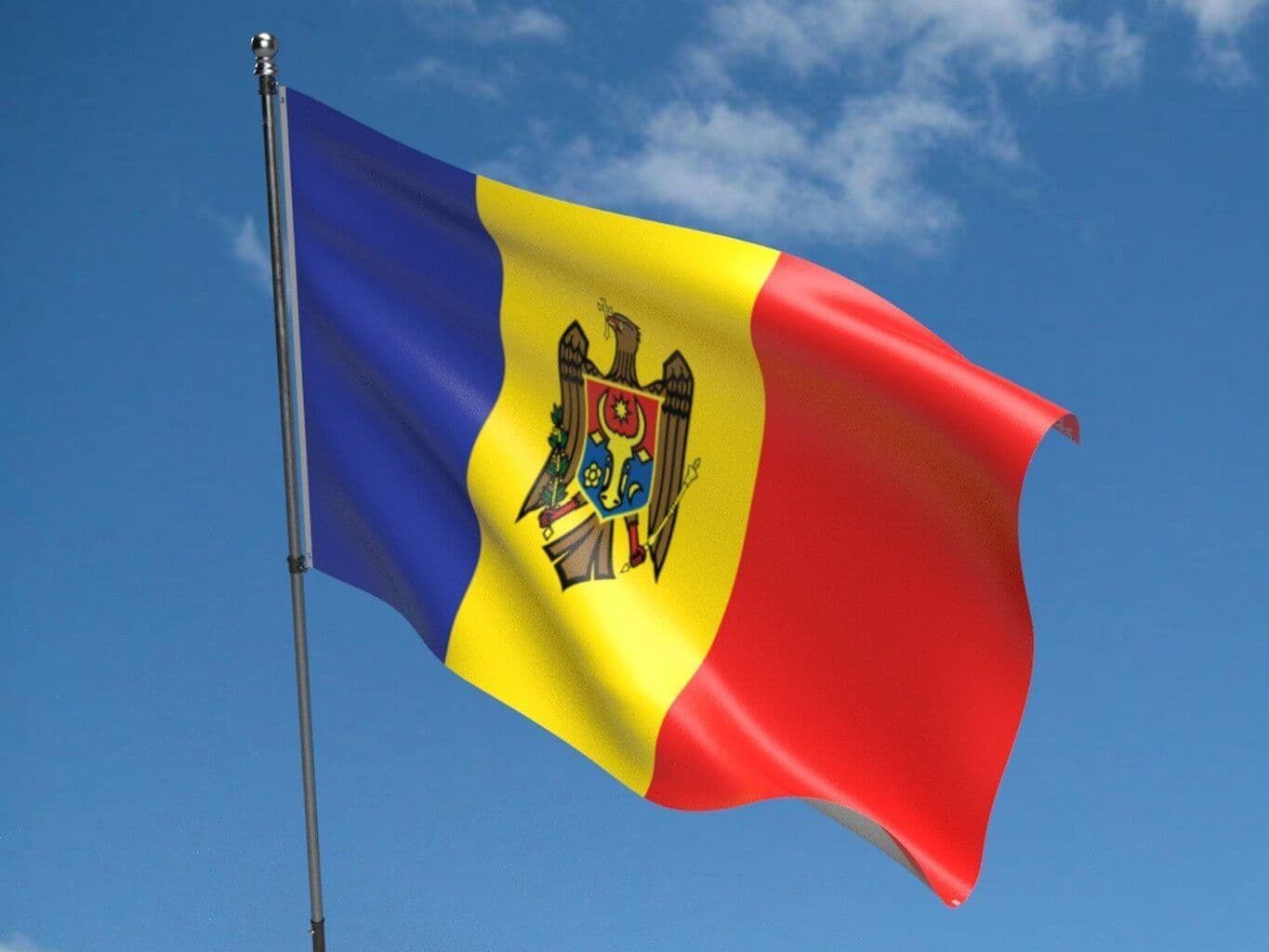Introduction to Logistic Growth
Growth is one of those evergreen topics that pop up across disciplines—whether in biology, economics, mathematics, or even daily conversations. But growth doesn’t always shoot straight into the stars like a rocket; sometimes it slows, steadies, and resembles an ‘S’-shaped curve. That’s logistic growth in a nutshell. It’s the kind of growth that isn’t infinite but is constrained by something, like resource limits or competition.
Understanding logistic growth matters because real-world phenomena seldom follow unchecked growth patterns. Populations can’t keep growing endlessly because food or space will eventually run out. Companies don’t keep expanding exponentially because markets saturate. And knowing how to interpret such growth helps us make better predictions, decisions, and strategies.
In this article, we’re diving headfirst into understanding what makes logistic growth tick. Let’s break it down to its bare bones, piece by piece, all while keeping it casual yet professional.
The Concept of Logistic Growth
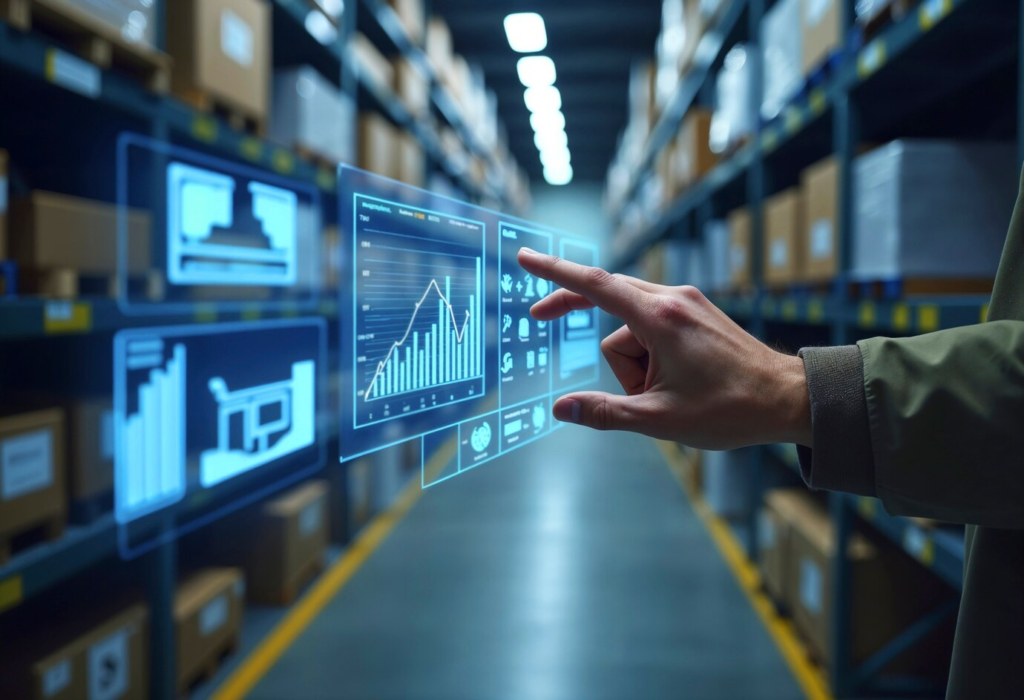
Before we nerd out with equations and examples, let’s start with what logistic growth fundamentally is. Logistic \\ describes a situation where growth accelerates initially and then slows as the system approaches a carrying capacity. Imagine pouring water into a glass. At first, it fills up fast, but as you near the brim, you start slowing down to prevent overflow—that’s logistic growth, metaphorically speaking.
- The ‘S’-Shaped Curve
Logistic is famously represented by an ‘S’-shaped curve on a graph. This curve starts off small with a slow growth rate, soon enters a phase of rapid growth, and then tapers off as it approaches the carrying capacity (sometimes known as the “ceiling”). This three-phase behavior—slow, fast, slow—is the hallmark of logistic \
- Why It Happens
Logistic growth happens because real-world systems are constrained by limitations. Think of a rabbit population in a forest. Initially, the growth of the rabbits accelerates because there’s plenty of food and no predators. Over time, resources like food or space become scarce, competition kicks in, and the population growth rate slows until it stabilizes.
- Mathematical Formula
Logistic growth isn’t just stories about rabbits or markets; there’s math behind the magic. The growth equation looks like this:
$$ \frac{dN}{dt} = rN\left(1-\frac{N}{K}\right) $$
Let’s decode that:
- $N$: Population size at a given time
- $r$: Growth rate
- $K$: Carrying capacity
- $\frac{dN}{dt}$: The rate of change of the population
This formula captures the idea that as $N$ (the population) gets closer to $K$ (the carrying capacity), the growth slows down.
The Biology Angle: Logistic Growth in Populations
Biology wears the logistic growth hat quite often, especially when describing how populations grow. The logistic growth model is immensely useful in population ecology and other biological contexts.
Phase 1: The Lag Phase
This is when growth starts at a slower pace. When, say, a single bacterium is introduced into a petri dish with abundant nutrients, it needs time to adjust, replicate, and establish itself. At this stage, the population size remains quite small, and the curve barely lifts off the ground.
Phase 2: The Exponential Phase
Now things get wild. The bacterium population enters a stage of rapid reproduction because there are still plenty of resources. Growth is exponential, meaning each generation grows faster than the last.
Phase 3: The Stationary Phase
Here, reality kicks in—finite resources cannot support endless growth. Competition for food and overcrowding slow the growth rate, and eventually, the population stabilizes at the carrying capacity.
In human terms? Think of moving into a new city and plenty of housing options at first. But as more people arrive, finding a place to live becomes challenging.
Logistic Growth in Economics and Business
Logistic growth also makes its way into economic and business models. Markets rarely grow without bound; they saturate over time. Let’s walk through how logistic growth factors into these realms.
Product Life Cycles
New products often follow logistic growth. When a product is launched, sales start slow as early adopters test the waters. Once the product gains traction, sales explode during the growth phase. Finally, as the product reaches market saturation or faces competition, the sales curve smooths out.
Company Expansion
Businesses expanding in new territories also exhibit logistic growth. Early on, a company may face minimal resistance, leading to rapid geographical or market penetration. Over time, challenges and market restrictions reduce the rate of expansion.
Economics at Large
At an economic level, growth rates can’t skyrocket indefinitely. Consider GDP growth—nations face natural caps due to factors like financial crises or resource limitations. Logistic growth serves as a reality check, bringing the idea of sustainable growth into focus.
Mathematical Modeling and Logistic Regression
No article about growth would be complete without a bit of modeling, right? Logistic regression is the tool of choice for many when predicting scenarios constrained by limits. While we won’t turn this into a math lecture, let’s discuss logistic regression’s relevance across disciplines.
How It Works
Logistic regression uses probabilities to predict outcomes. It’s often used when outcomes are binary: yes/no, true/false, win/lose. The logistic curve generated helps make predictions when data has upper and lower limits.
Applications in Real Life
- Healthcare: Predicting disease likelihood (e.g., whether someone has diabetes based on health metrics).
- Marketing: Forecasting if a customer will purchase a product or not.
- Social Sciences: Understanding behavior patterns, like whether a student will pass a test based on study time.
Logistic regression owes its name to the logistic growth curve because both share structural similarities—growth factors start strong, taper, and eventually plateau.
Environmental Applications
What about the planet? Logistic growth isn’t just numbers in a spreadsheet; it helps us solve big challenges, like environmental conservation and resource management.
Sustainable Resource Management
Natural resources, from fisheries to forests, face limits. Harvesting at unsustainable rates leads to depletion. Using logistic models, policymakers can simulate and visualize what happens when consumption surpasses the environment’s carrying capacity.
Climate Change Models
Climate change? Yep, logistic growth sneaks its way into the conversation. Atmospheric CO2 and other greenhouse gases exhibit logistic patterns when humans respond by reducing emissions or implementing measures like carbon capture.
Wildlife Conservation
Many endangered species owe their survival plans to logistic growth models. Wildlife populations are monitored using these models to ensure their numbers grow in a controlled, sustainable manner without overshooting their ecosystem’s limits.
Challenges in Real-World Logistic Growth
Of course, no model is perfect, and logistic growth isn’t free from criticism or challenges. Models are just tools, and real life introduces complexities.
Assumptions vs. Reality
Logistic growth assumes a closed system, meaning no external factors are acting on it. In reality, systems are open, and variables like migration, environmental changes, or technological innovations often disrupt predictions.
Carrying Capacity isn’t Constant
The carrying capacity ($K$) isn’t a fixed number. It can change due to new technology, policies, or shifts in environmental conditions. Predicting $K$ accurately is often one of the hardest parts of applying logistic models.
Measuring Growth Isn’t Easy
Data inaccuracies, measurement issues, and biases make analyzing logistic growth challenging. Identifying when the growth phase switches between lag, exponential, and stationary requires reliable data and sharp analytical skills.
Final Thoughts on Logistic Growth
In many ways, logistic growth feels like life itself—it starts slow, picks up speed, and reminds us there are limits. Whether you’re into biology, economics, or just curious about the world around you, understanding logistic growth offers valuable insights.
The S-shaped curve teaches us that unchecked growth isn’t the norm. Instead, sustainable, tempered growth is the natural endgame for most systems. Recognizing and applying this in real-world contexts, whether saving the environment or running a business, can make all the difference.

